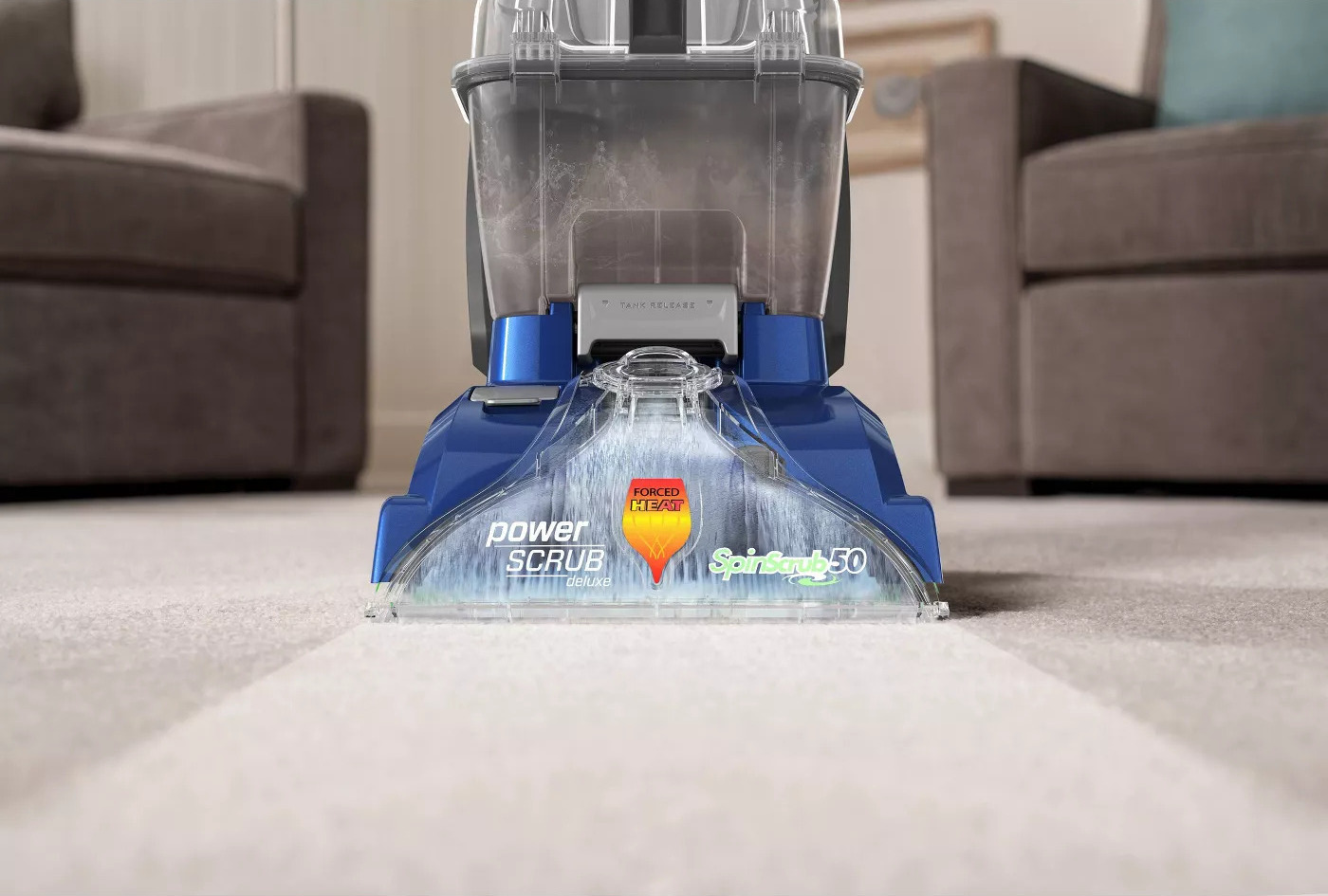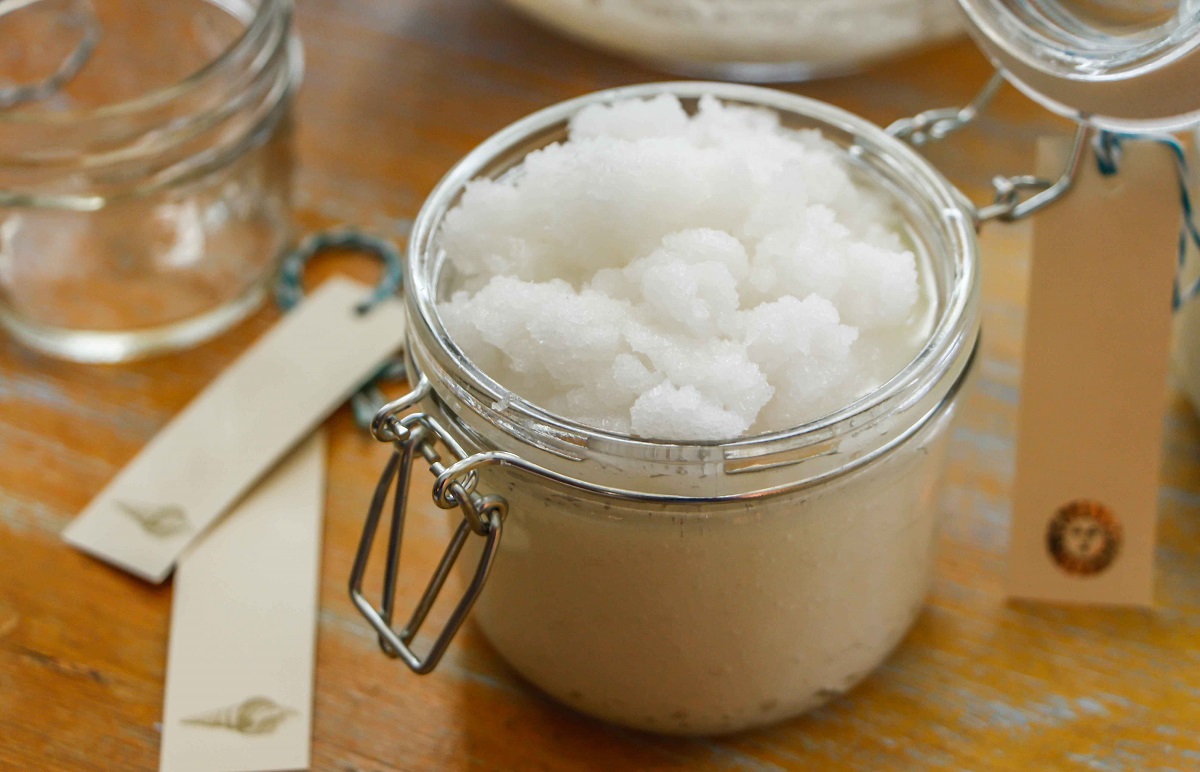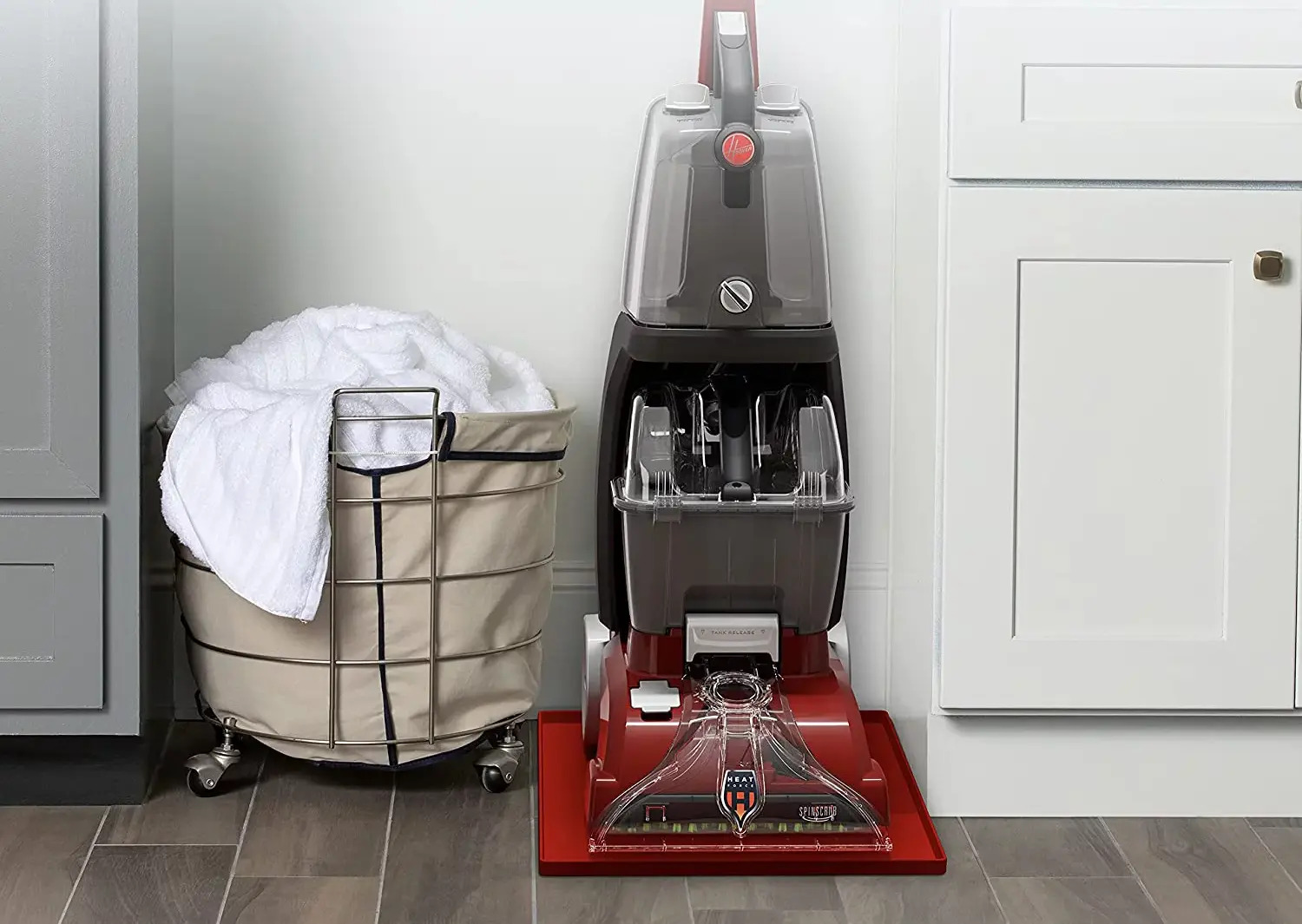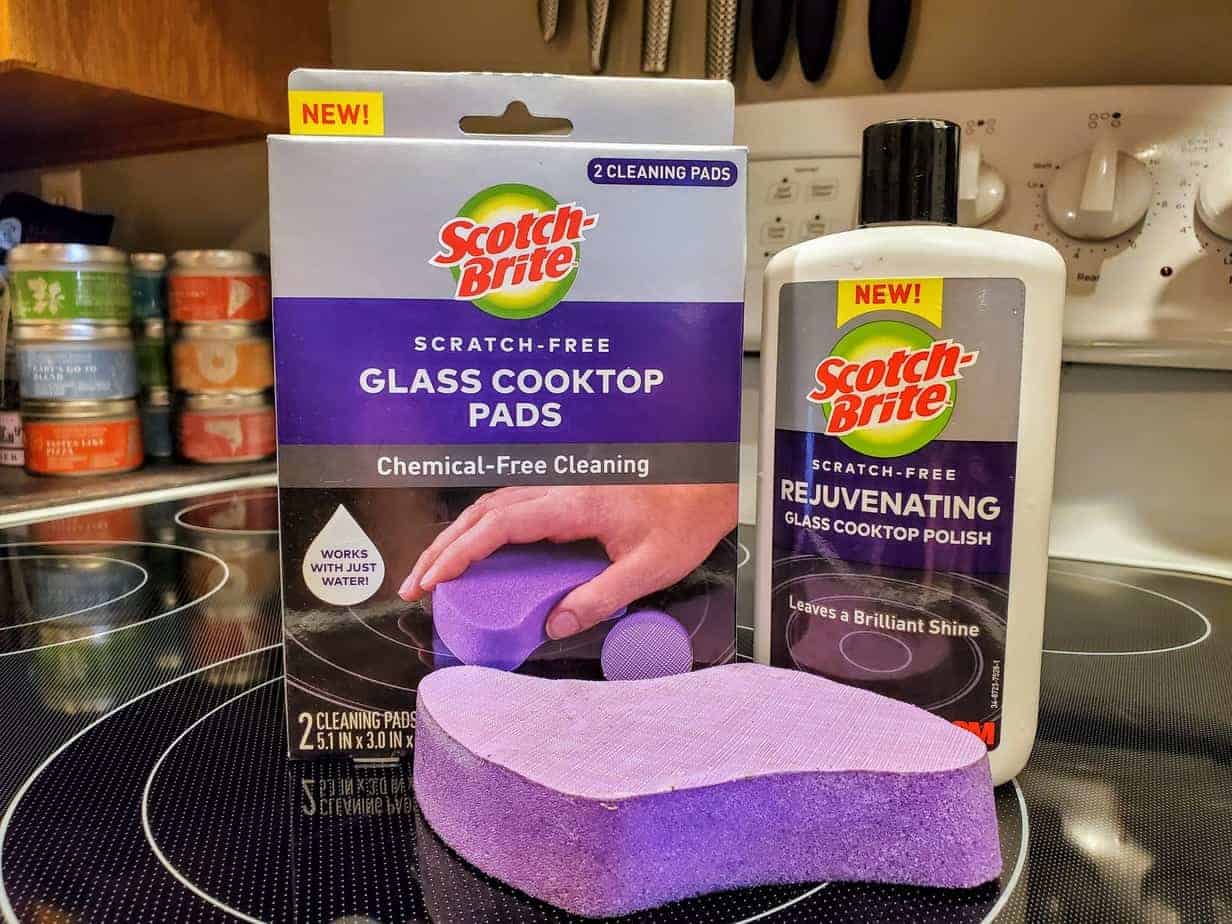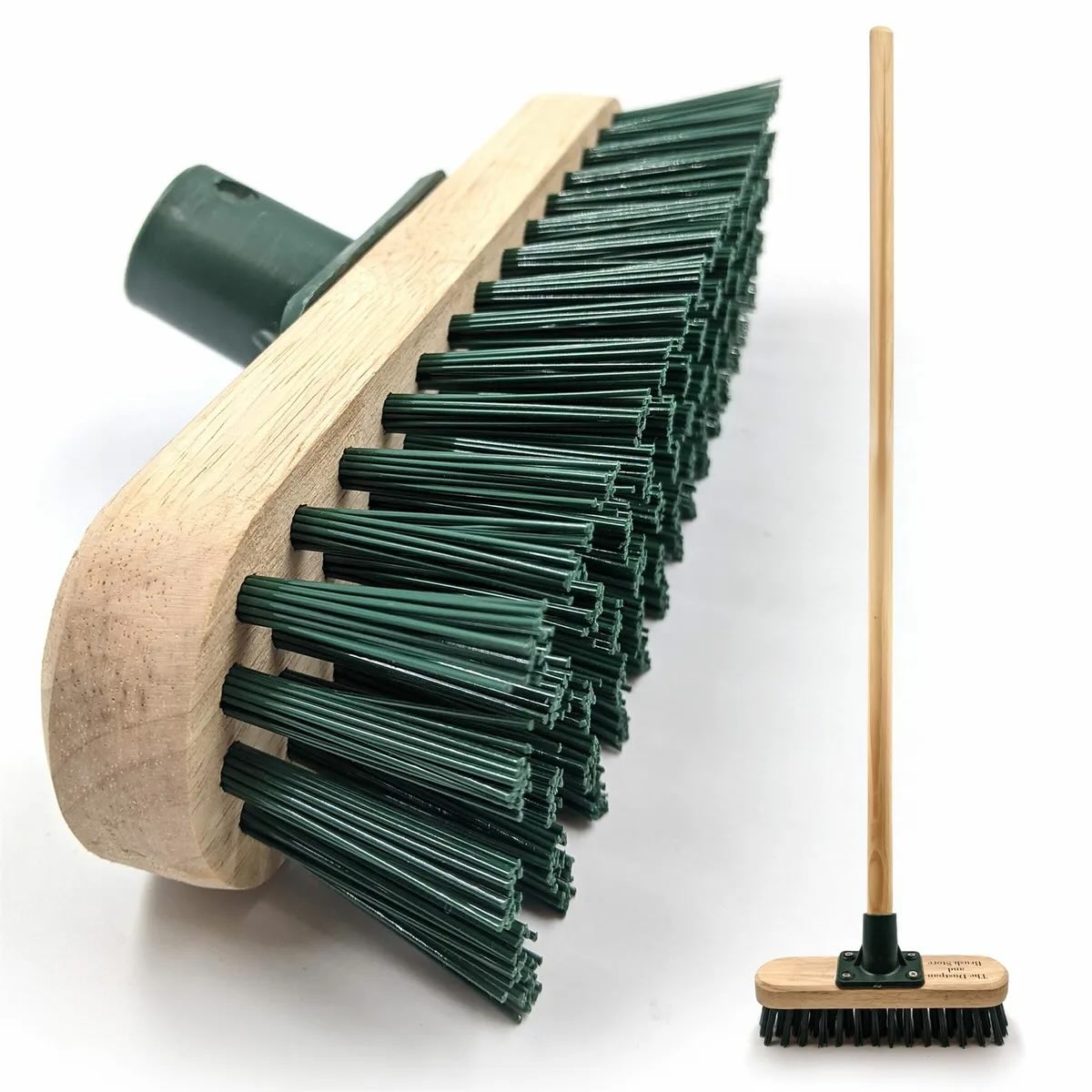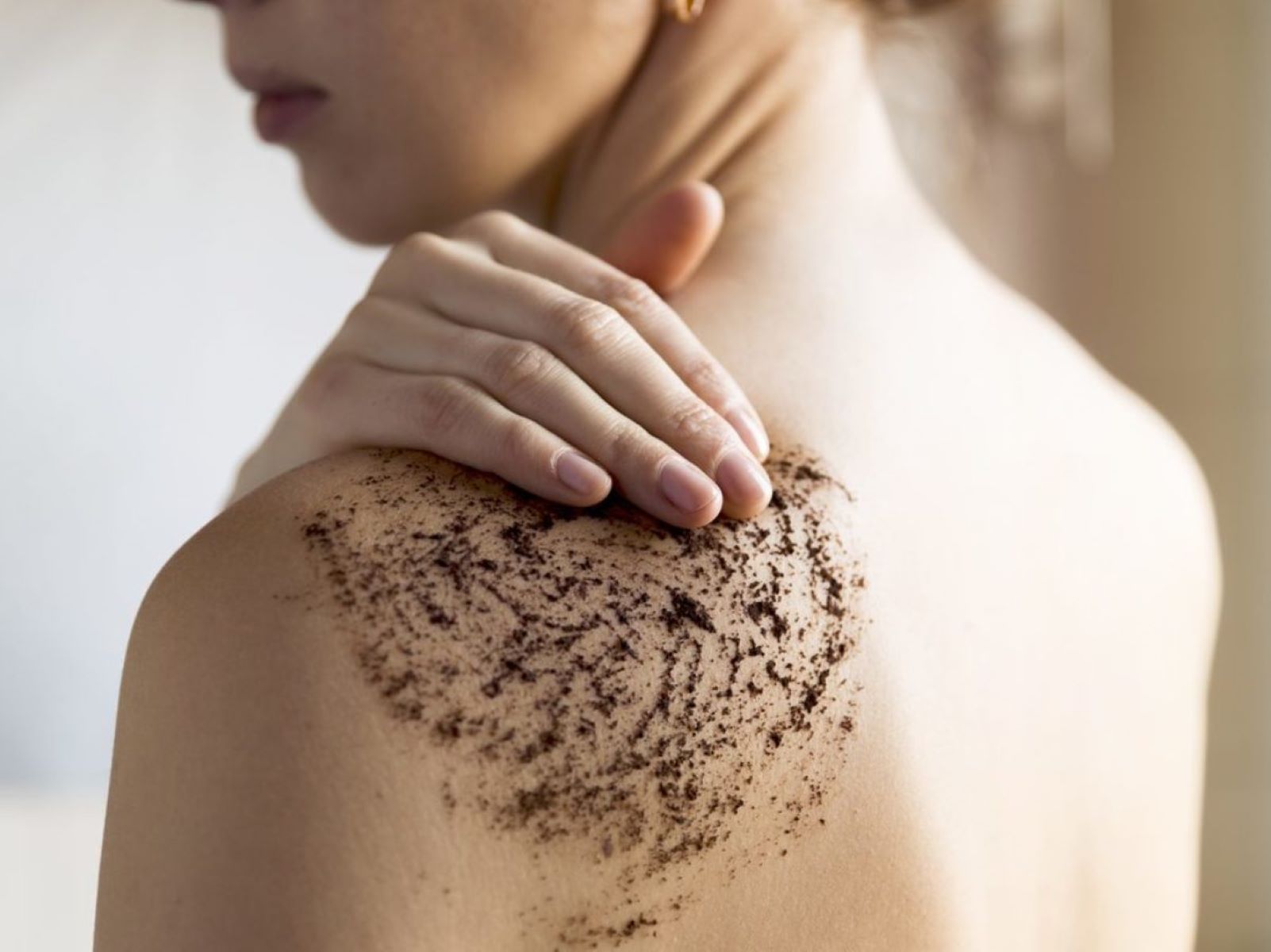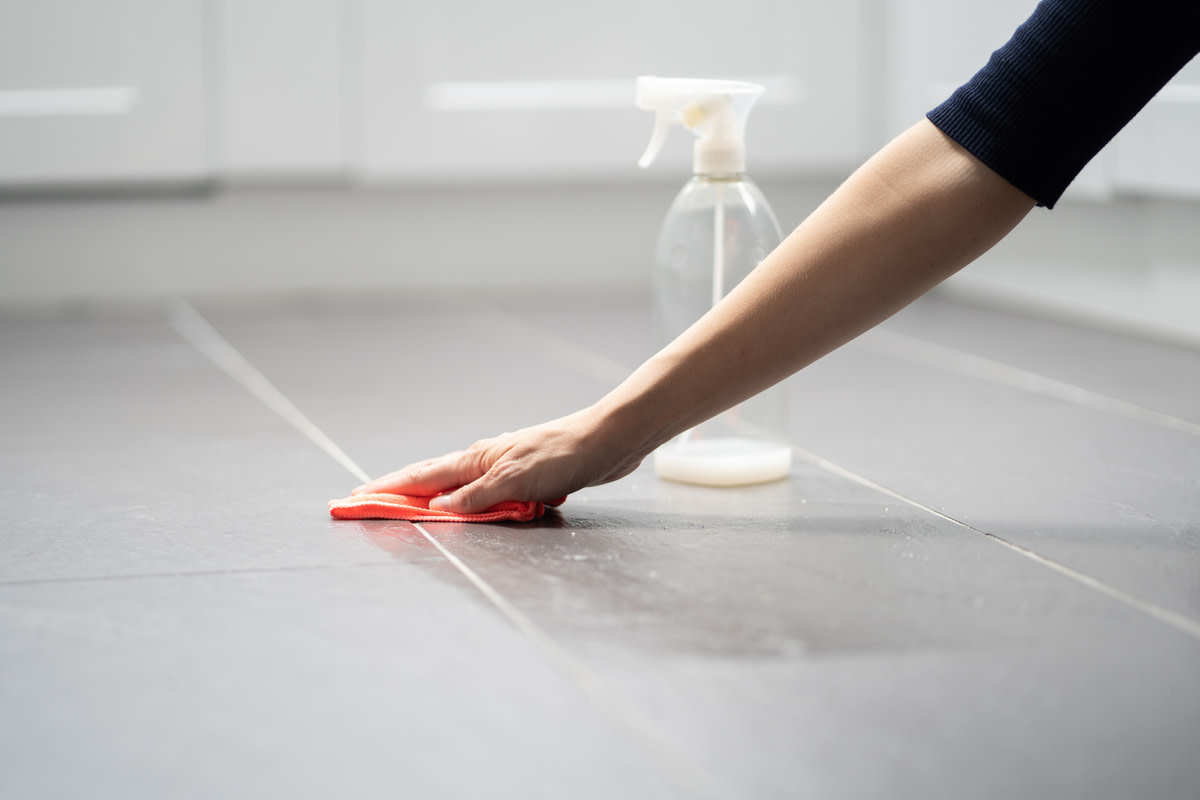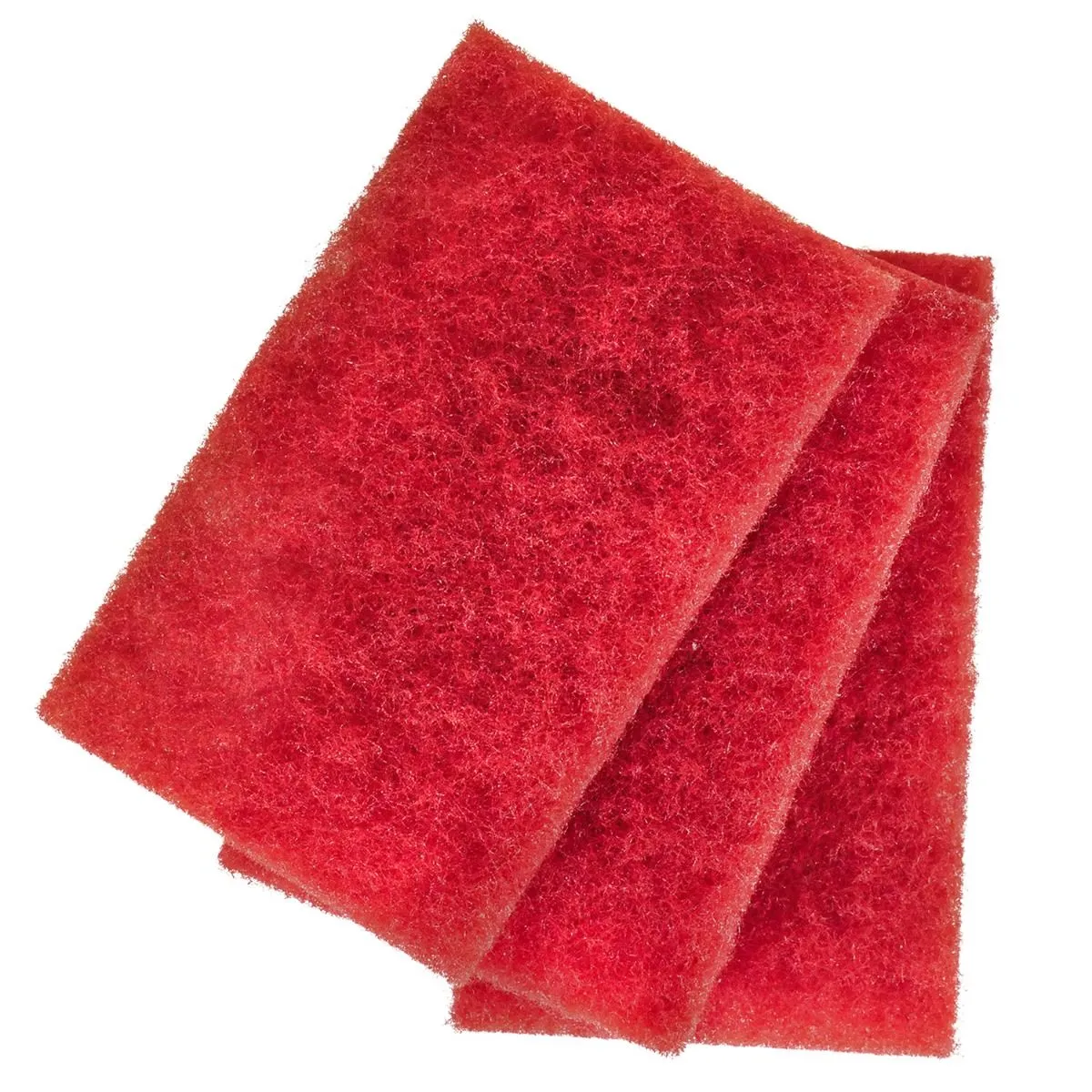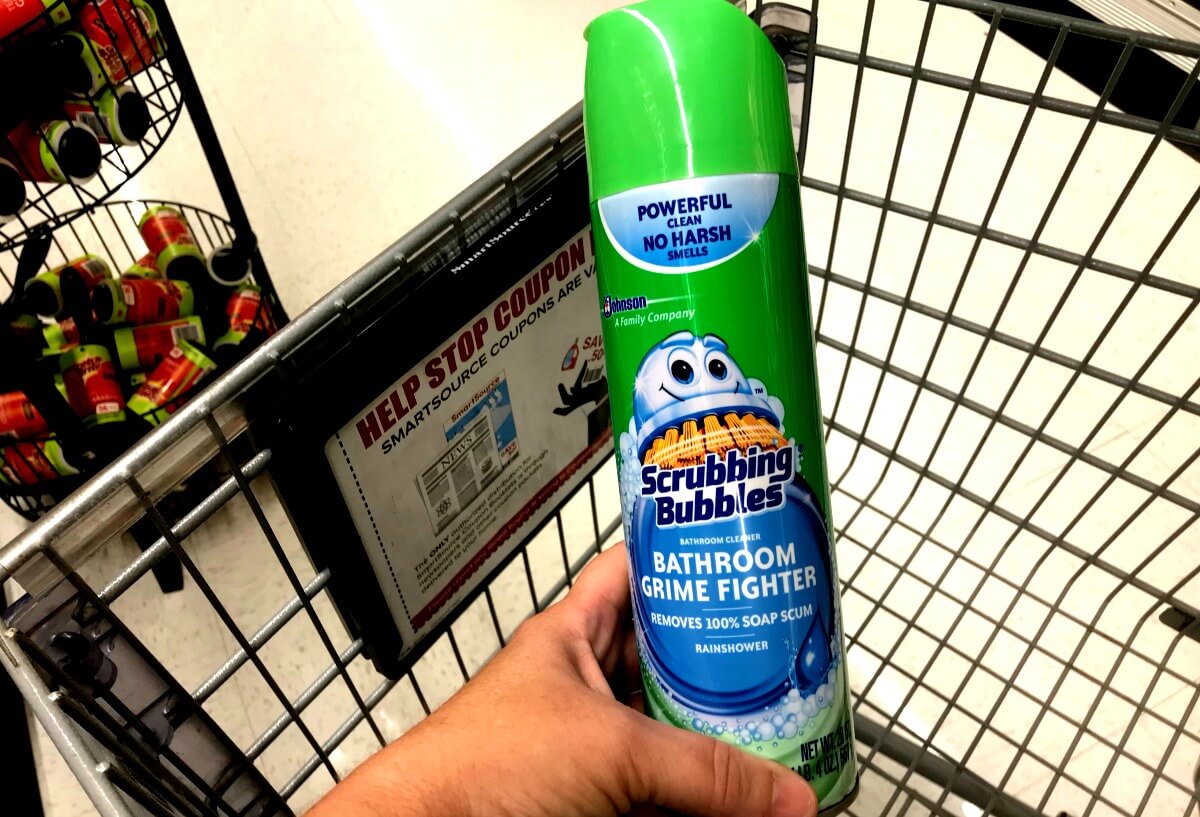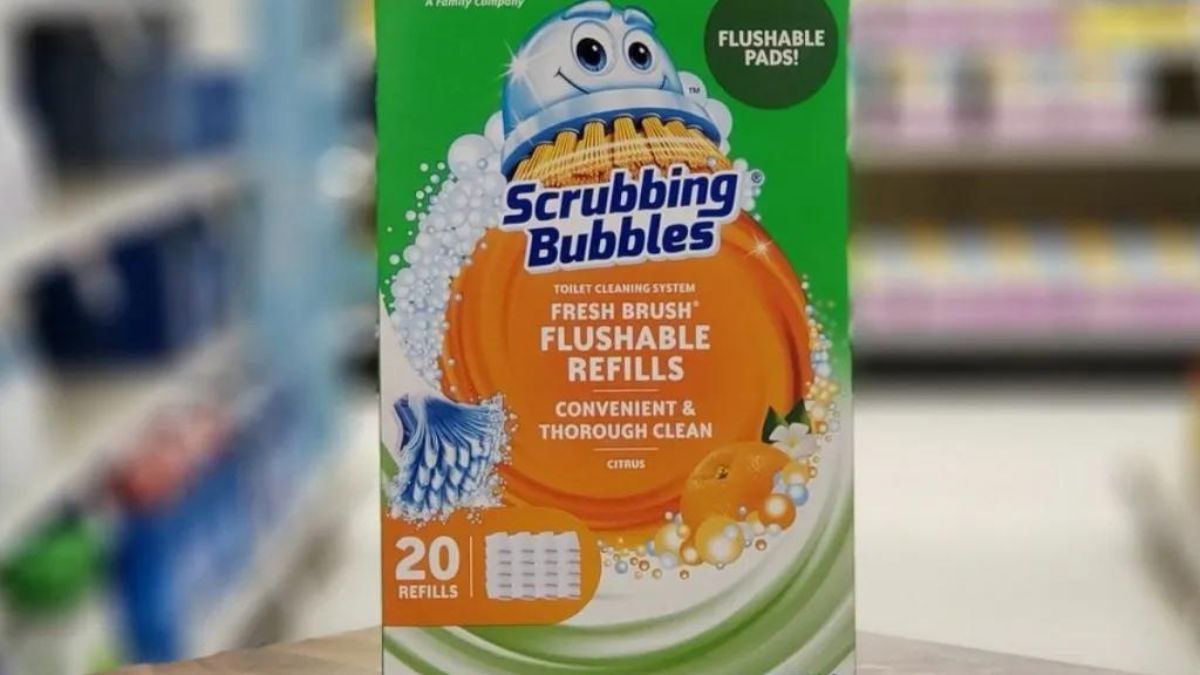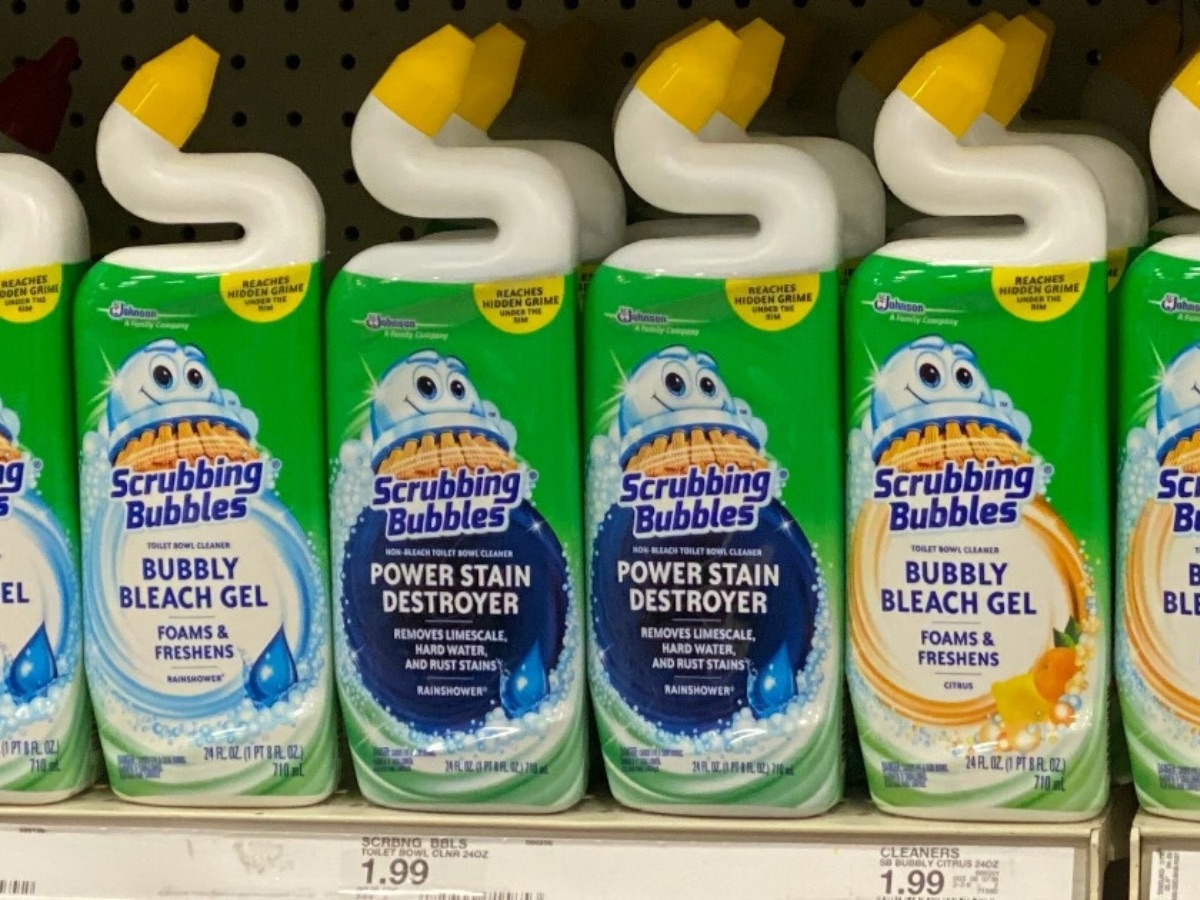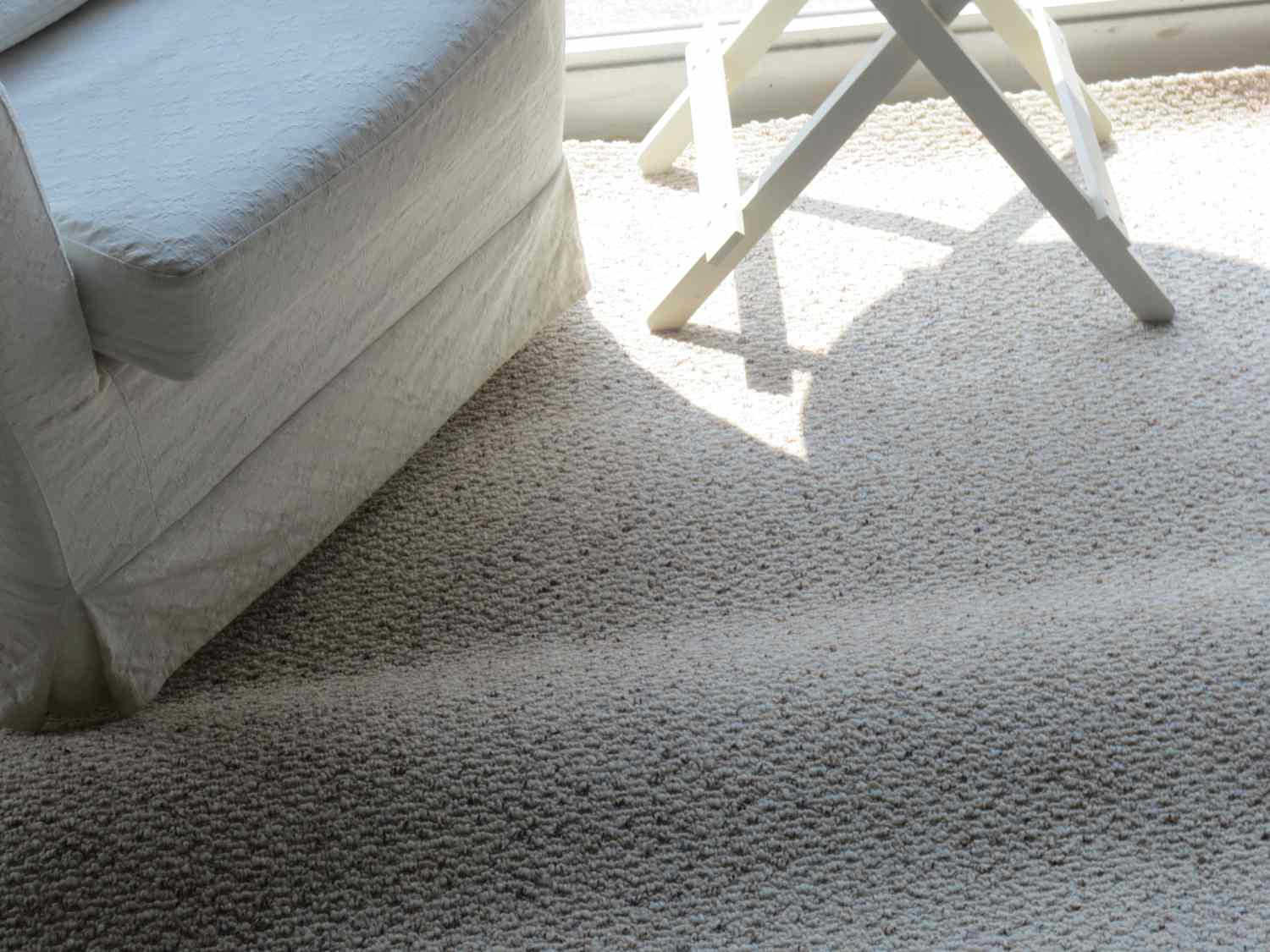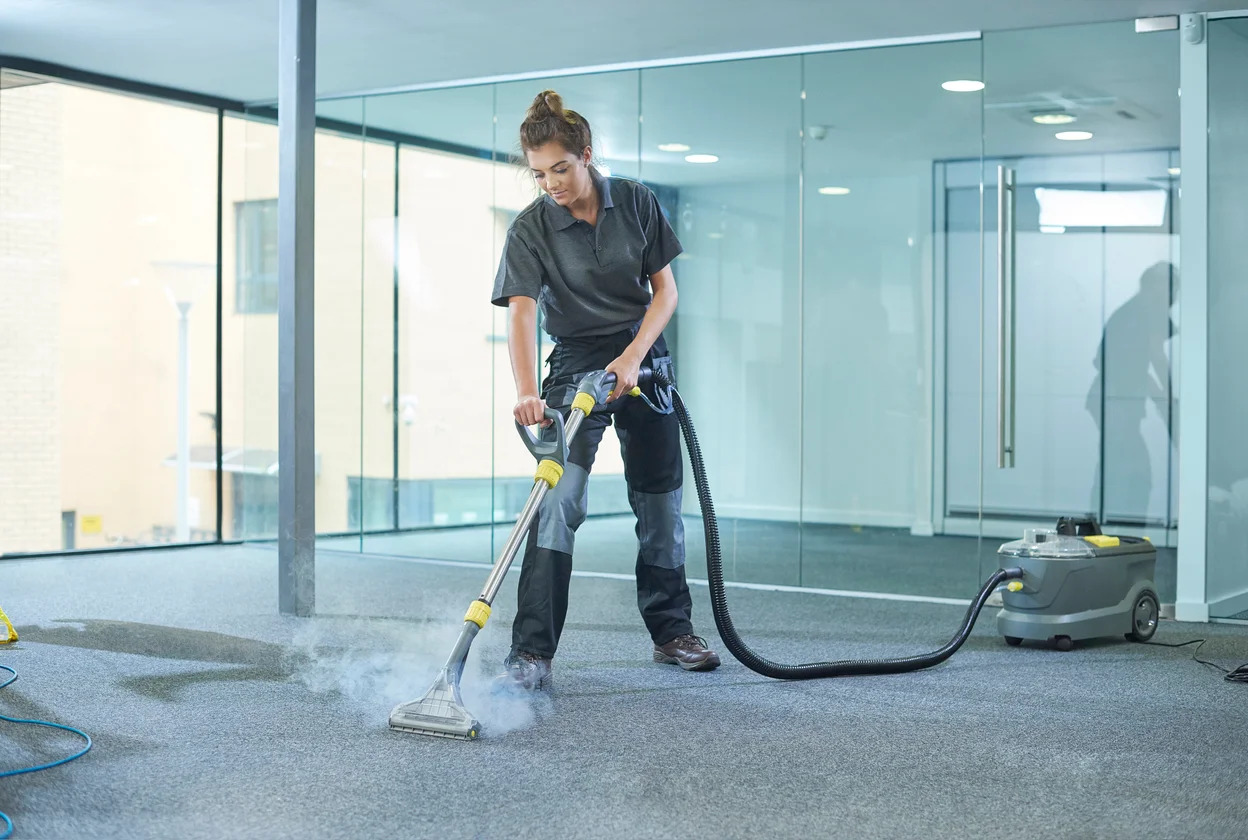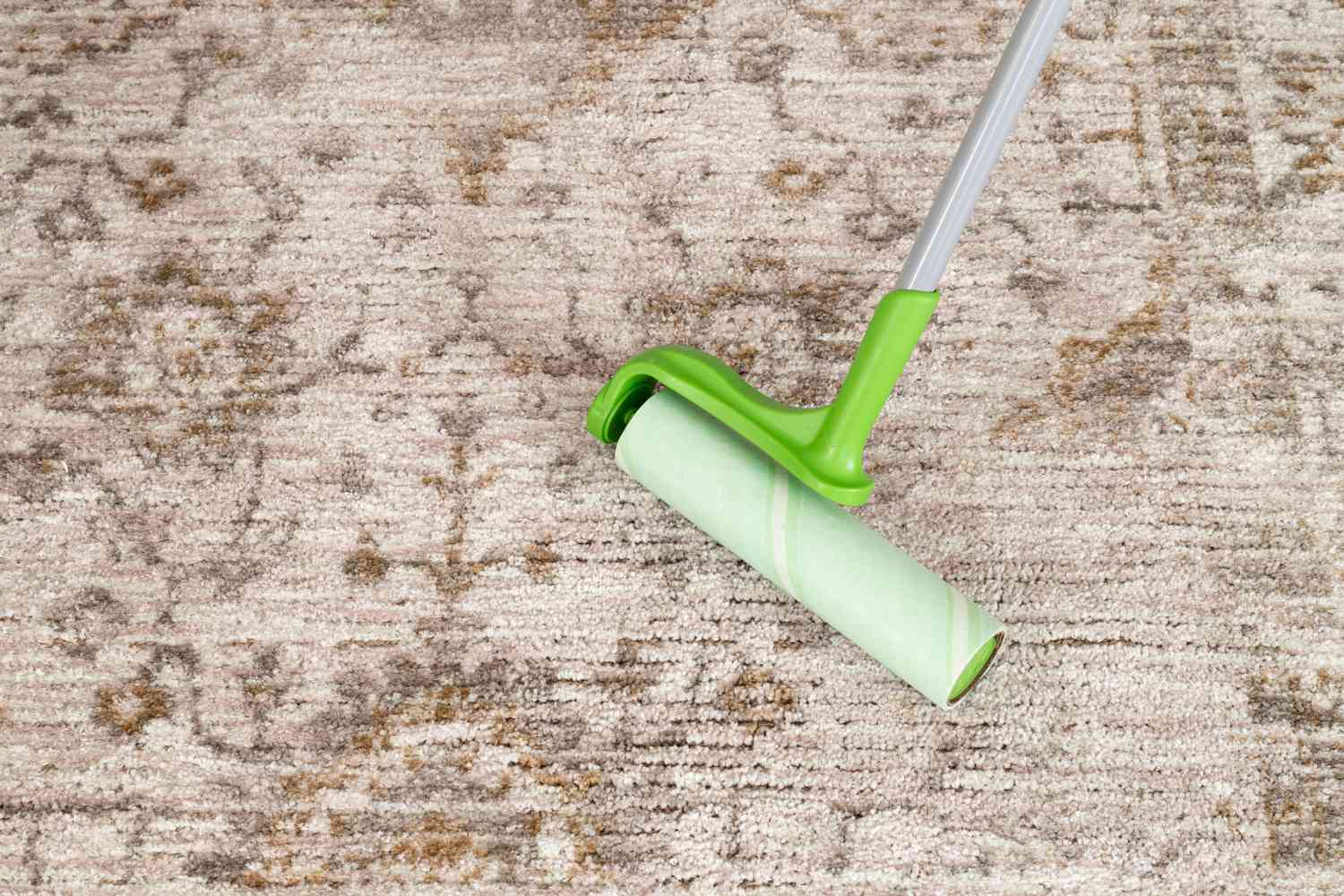

Articles
How To Scrub A Carpet
Modified: January 19, 2024
Learn effective techniques for scrubbing a carpet in this informative article. Discover tips and tricks to remove stubborn stains and refresh your carpet's appearance.
(Many of the links in this article redirect to a specific reviewed product. Your purchase of these products through affiliate links helps to generate commission for Storables.com, at no extra cost. Learn more)
Introduction
Carpets add warmth, comfort, and beauty to our homes. However, over time, they can accumulate dirt, stains, and odors, making them look dull and unattractive. To restore their original luster and cleanliness, regular carpet scrubbing is essential.
Scrubbing a carpet not only helps in removing stubborn stains and dirt but also eliminates bacteria, allergens, and unpleasant odors that may be trapped within the fibers. By following the right techniques and using the appropriate materials, you can effectively restore your carpet’s appearance and prolong its lifespan.
In this article, we will guide you through the step-by-step process of how to scrub a carpet effectively. We will discuss the materials needed, pre-treating stains, preparing the cleaning solution, and the actual carpet scrubbing techniques. Additionally, we will provide useful tips to ensure your carpet scrubbing experience is successful and hassle-free.
Key Takeaways:
- Regular carpet scrubbing not only restores appearance but also eliminates bacteria and allergens, promoting a healthier living environment.
- Preparing the carpet, pre-treating stains, and using proper techniques and materials are essential for effective and successful carpet scrubbing.
Materials Needed
Before you begin scrubbing your carpet, gather the following materials and equipment to ensure a thorough and efficient cleaning process:
- Carpet scrubbing machine or carpet brush
- Cleaning solution or carpet detergent
- Bucket
- Microfiber or cotton towels
- White vinegar
- Water
- Soft-bristle brush or sponge
- Stain remover (optional)
- Protective gloves
- Old toothbrush or small scrub brush
- Vacuum cleaner
Having these materials ready before you start will help streamline the process and make your carpet scrubbing more effective.
Step 1: Prepare the Carpet
Before you begin scrubbing your carpet, it’s essential to prepare it properly. This step ensures that the cleaning process is more effective and prevents any damage to the carpet fibers. Here are the steps to follow:
- Clear the area: Remove any furniture or objects from the carpeted area to make it easier to access and clean the entire surface.
- Vacuum the carpet: Use a vacuum cleaner with a beater bar or brush attachment to thoroughly vacuum the carpet. This step removes loose dirt, dust, and debris, making the scrubbing process more effective.
- Pre-test in a hidden area: Before applying any cleaning solution or detergent to the entire carpet, it’s recommended to test it in a small, inconspicuous area. This test will help ensure that the cleaning solution does not cause any discoloration or damage to the carpet fibers.
- Identify and pre-treat stains: Take note of any visible stains on the carpet and pre-treat them before starting the scrubbing process. This can be done by using a stain remover or a mixture of water and white vinegar. Gently blot or scrub the stain using a soft cloth or brush.
By following these preparation steps, you will create a clean canvas for the carpet scrubbing process and increase its effectiveness in removing dirt and stains.
Step 2: Pre-treat Stains
Before you begin scrubbing the entire carpet, it’s important to pre-treat any visible stains. Pre-treating stains helps break down their composition and makes them easier to remove during the scrubbing process. Here’s how to pre-treat stains effectively:
- Identify the stains: Take a close look at your carpet and identify any specific stains that need pre-treatment. Common stains include food spills, pet stains, coffee or wine spills, and grease marks.
- Blot the stain: Use a clean cloth or paper towel to gently blot the stain. Avoid rubbing it, as this can spread the stain further into the carpet fibers.
- Choose a stain removal method: Depending on the type of stain, you can choose an appropriate stain removal method. For example, for water-based stains, you can mix warm water with a small amount of dish soap. For oil-based stains, you can use a mixture of water and a gentle solvent like white vinegar.
- Apply the stain removal solution: Dip a soft cloth or sponge into the stain removal solution and gently apply it to the stained area. Let it sit for a few minutes to allow the solution to penetrate the stain.
- Gently scrub the stain: Using a soft-bristle brush or an old toothbrush, gently scrub the stain in a circular motion. Be careful not to scrub too vigorously, as this can damage the carpet fibers.
- Blot the stain again: After scrubbing the stain, blot it with a clean cloth or paper towel to absorb the moisture and any residue from the stain.
By pre-treating stains, you are taking proactive steps to remove them before the actual carpet scrubbing process. This will improve the overall cleaning result and ensure that your carpet looks fresh and stain-free.
Step 3: Prepare the Cleaning Solution
Once you have pre-treated any stains on your carpet, it’s time to prepare the cleaning solution. The cleaning solution is crucial for loosening dirt, removing odors, and restoring the carpet’s original appearance. Here’s how to prepare an effective cleaning solution:
- Check the manufacturer’s instructions: If you are using a commercial carpet detergent, check the label for any specific instructions or dilution ratios. Follow the manufacturer’s recommendations for the best results.
- Make a homemade cleaning solution: If you prefer using a homemade cleaning solution, you can create one using simple ingredients. Mix warm water with a small amount of mild dish soap or laundry detergent. You can also add a splash of white vinegar for its deodorizing properties.
- Test the cleaning solution: Before applying the cleaning solution to the entire carpet, it’s important to test it in a small, inconspicuous area. This will ensure that the solution does not cause any discoloration or damage to the carpet fibers.
- Prepare the cleaning solution: In a bucket, mix the appropriate amount of carpet detergent or homemade cleaning solution with warm water. Follow the recommended ratio or the instructions provided by the manufacturer.
By preparing a suitable cleaning solution, you are ready to move on to the next step, where you will use it to scrub the entire carpet. The cleaning solution will help break down dirt, lift stains, and restore the carpet’s overall cleanliness and freshness.
Read more: How To Store Scrubs
Step 4: Scrub the Carpet
Now that you have prepared the cleaning solution, it’s time to start scrubbing the carpet. Scrubbing will help agitate the fibers, loosen dirt, and remove any remaining stains. Follow these steps to effectively scrub your carpet:
- Divide the carpet into sections: To ensure thorough cleaning, divide the carpeted area into manageable sections. This will make it easier to focus on one area at a time.
- Start from the furthest corner: Begin scrubbing from the furthest corner of the room and work your way towards the exit. This will prevent you from stepping on the freshly cleaned areas and causing any re-soiling.
- Dip the brush or attach the scrubbing machine: If using a carpet scrubbing machine, follow the manufacturer’s instructions for attaching the scrubbing brush or pad. If using a carpet brush, dip it into the cleaning solution and wring out any excess liquid.
- Scrub the carpet in a back-and-forth motion: Whether using a machine or a brush, scrub the carpet in a back-and-forth motion, applying moderate pressure. Focus on heavily soiled areas and stains, making sure to cover the entire section.
- Work on small areas at a time: Avoid rushing through the process. Work on small areas at a time, overlapping each stroke to ensure thorough cleaning.
- Reapply the cleaning solution if necessary: If you notice particularly stubborn stains or heavily soiled areas, reapply the cleaning solution and scrub again. Allow the solution to sit for a few minutes before scrubbing.
Continue scrubbing the carpet section by section until you have covered the entire carpeted area. Take breaks if needed, ensuring that you maintain a steady and consistent scrubbing technique. Once all sections are complete, proceed to the next step: rinsing the carpet.
Blot spills immediately with a clean cloth, then use a mixture of water and mild detergent to gently scrub the stained area. Rinse with clean water and blot dry.
Step 5: Rinse the Carpet
After scrubbing the carpet, it is important to rinse away any remaining cleaning solution and residue. Rinsing the carpet will help remove dirt, detergent, and any loosened particles from the scrubbing process. Follow these steps to effectively rinse your carpet:
- Prepare the rinsing solution: Fill a bucket with clean water. If desired, you can add a small amount of white vinegar to help neutralize any remaining detergent.
- Use a clean sponge or cloth: Dip a clean sponge or cloth into the rinsing solution and wring out any excess water.
- Gently wipe the carpet: Starting from the furthest corner, gently wipe the carpet with the damp sponge or cloth. Work in small sections and continue until you have covered the entire carpeted area.
- Change the water if necessary: As the water in the bucket becomes dirty, change it with clean water to ensure effective rinsing.
- Avoid saturating the carpet: Be cautious not to oversaturate the carpet during the rinsing process. Excessive moisture can lead to longer drying times and potentially cause damage to the carpet.
- Continue rinsing until the water runs clear: Rinse the carpet until the water runs clear, indicating that all the cleaning solution and residue have been removed.
By thoroughly rinsing your carpet, you are ensuring a clean and residue-free finish. This step is essential for maintaining the appearance and prolonging the lifespan of your carpet.
Step 6: Remove Excess Moisture
After rinsing the carpet, it’s important to remove any excess moisture to facilitate faster drying and prevent potential damage to the carpet and underlying floors. Follow these steps to effectively remove excess moisture from your carpet:
- Use absorbent towels: Lay down absorbent towels or cloths on the damp carpet. Press them firmly and gently walk over them to absorb as much moisture as possible.
- Repeat the process: If necessary, repeat the process with clean, dry towels until no more moisture is being absorbed.
- Utilize a wet-dry vacuum: If you have access to a wet-dry vacuum, use it to extract any remaining moisture from the carpet. Move the vacuum in slow, overlapping strokes to ensure thorough extraction.
- Consider using fans: Place fans in the room to enhance air circulation and speed up the drying process. Position them in strategic locations to maximize airflow over the damp carpet.
- Avoid walking on the carpet: While the carpet is drying, it’s best to avoid walking on it as much as possible. This will prevent dirt and debris from being transferred onto the damp fibers.
By removing excess moisture, you are minimizing the risk of mold and mildew growth, as well as preventing any potential damage to the carpet and surrounding areas. Ensure that the carpet is only slightly damp before proceeding to the next step: allowing the carpet to dry completely.
Step 7: Allow the Carpet to Dry
Properly allowing the carpet to dry is essential to ensure that it regains its original texture, as well as to prevent mold and mildew growth. Follow these steps to effectively dry your carpet:
- Open windows or use fans: If weather permits, open windows to allow fresh air to circulate in the room. Alternatively, you can use fans to help expedite the drying process.
- Avoid direct sunlight: Direct sunlight can cause the carpet colors to fade. Therefore, it’s best to keep your carpet away from direct sunlight while drying.
- Utilize dehumidifiers: If you live in a humid climate or if the carpet is taking longer to dry, consider using dehumidifiers in the room to remove excess moisture from the air.
- Continue rotating and fluffing the carpet: As the carpet dries, periodically rotate and fluff the fibers to prevent them from becoming matted and flat.
- Monitor the drying progress: Check the carpet periodically to assess its drying progress. The time it takes for the carpet to dry will depend on various factors such as humidity, carpet thickness, and ventilation.
The drying process may take several hours or even overnight, depending on the aforementioned factors. It’s crucial to ensure that the carpet is completely dry before proceeding to the final step: vacuuming.
Read more: How To Scrub Stove Top
Step 8: Vacuum the Carpet
Once your carpet is thoroughly dry, it’s time to give it a final touch-up by vacuuming. Vacuuming not only removes any remaining dirt or debris but also helps to restore the carpet fibers and give them a fresh, fluffy appearance. Follow these steps to effectively vacuum your carpet:
- Prepare the vacuum cleaner: Ensure that the vacuum cleaner has a clean filter and that the brushes or beater bar are in good condition. Adjust the height settings accordingly, based on the thickness of your carpet.
- Remove any loose dirt or debris: Before vacuuming the entire carpet, manually pick up any large particles or loose dirt that may be visible on the surface. This will prevent the vacuum from getting clogged or ineffective.
- Vacuum in different directions: To thoroughly lift the carpet fibers and remove any embedded dirt, vacuum in different directions (both horizontally and vertically). Overlap your strokes for comprehensive coverage.
- Pay attention to edges and corners: Use the vacuum’s crevice tool or attachments to clean along the edges and corners of the room, where dirt and dust tend to accumulate.
- Focus on high-traffic areas: Give extra attention to high-traffic areas such as doorways and hallways, as they may require more thorough vacuuming.
- Empty or clean the vacuum: After completing the carpet vacuuming, remember to empty or clean the vacuum cleaner as per the manufacturer’s instructions. This will ensure its optimal performance for future use.
By vacuuming the carpet, you are not only removing any remaining dirt but also helping to revive its appearance and maintain its cleanliness. Regular vacuuming is an important part of carpet maintenance and can significantly extend its lifespan.
Tips for Effective Carpet Scrubbing
To make the carpet scrubbing process more efficient and ensure the best results, consider the following tips:
- Act quickly on stains: Attend to spills and stains as soon as they occur, as this increases the chances of successful removal.
- Blot, don’t rub: When treating stains, gently blot them with a clean cloth or towel instead of rubbing, as rubbing can spread the stain and damage the carpet fibers.
- Test cleaning solutions: Before applying any cleaning solution to the entire carpet, always test it in a small, inconspicuous area to ensure compatibility and avoid any potential damage.
- Follow manufacturer’s instructions: If you are using a carpet scrubbing machine or commercial cleaning products, carefully read and follow the manufacturer’s instructions for optimal results.
- Take your time: Rushing through the carpet scrubbing process may result in inadequate cleaning. Take your time to thoroughly scrub and treat all areas of the carpet.
- Use proper technique: Whether using a machine or a brush, employ the appropriate technique, applying consistent pressure and using back-and-forth or circular motions to ensure even cleaning.
- Don’t oversaturate the carpet: Avoid over-wetting the carpet as excessive moisture can lead to longer drying times and potential damage. Use the appropriate amount of cleaning solution and moisture during the scrubbing process.
- Protect the scrubbed area: Once you have completed scrubbing a section of the carpet, cover it with a towel or plastic sheet to prevent re-soiling and to allow it to dry undisturbed.
- Maintain regular carpet maintenance: Regularly vacuuming and promptly attending to spills and stains can help prolong the cleanliness and life of your carpet.
By following these tips, you can enhance the effectiveness of your carpet scrubbing routine and maintain a fresh and pristine carpet in your home.
Conclusion
Scrubbing your carpet not only rejuvenates its appearance but also promotes a healthier and cleaner living environment. By following the step-by-step process outlined in this guide, you can effectively remove dirt, stains, and odors, giving your carpet a fresh and revived look.
Remember to prepare the carpet properly by clearing the area and pre-treating stains before scrubbing. Use a suitable cleaning solution and scrub your carpet in a systematic manner, paying attention to heavily soiled areas. Rinse the carpet thoroughly to remove any trace of cleaning solution, and then remove excess moisture to expedite the drying process.
Allowing the carpet to dry completely is crucial to prevent mold and mildew growth. Once dry, give your carpet a final touch-up by vacuuming to remove any remaining dirt and debris.
To ensure effective carpet scrubbing, it’s important to follow the tips provided in this guide. Act promptly on stains, test cleaning solutions, and take your time to thoroughly scrub and treat your carpet. By maintaining regular carpet maintenance, you can extend its lifespan and keep it looking its best for years to come.
So, roll up your sleeves and get ready to scrub away the dirt and stains from your carpet. With the right techniques and materials, you can achieve remarkable results and enjoy the renewed beauty of your carpeted spaces.
Frequently Asked Questions about How To Scrub A Carpet
Was this page helpful?
At Storables.com, we guarantee accurate and reliable information. Our content, validated by Expert Board Contributors, is crafted following stringent Editorial Policies. We're committed to providing you with well-researched, expert-backed insights for all your informational needs.
